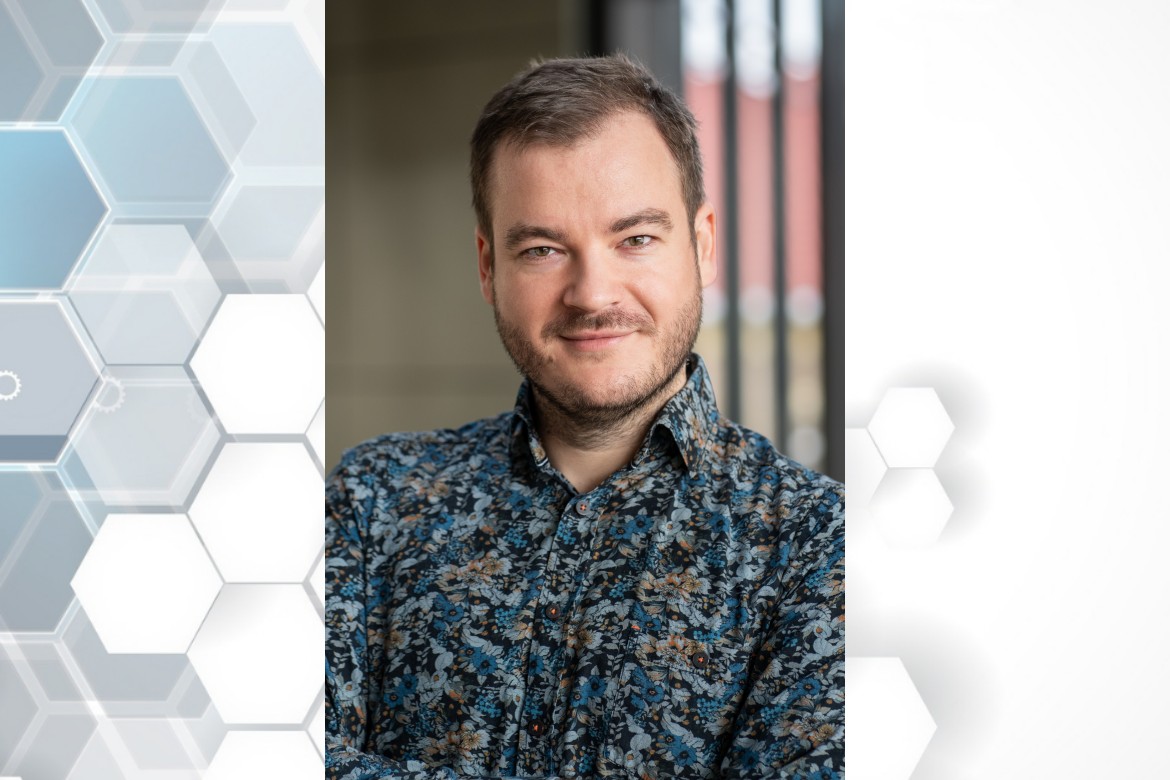
This year, among the nominees from Hungary, Dániel Gerber, a research fellow at our institute, received the Danubius Young Scientist Award, an honor granted by the Vienna-based Institute for the Danube Region and Central Europe (IDM) and the Austrian Federal Ministry for Women, Science and Research.
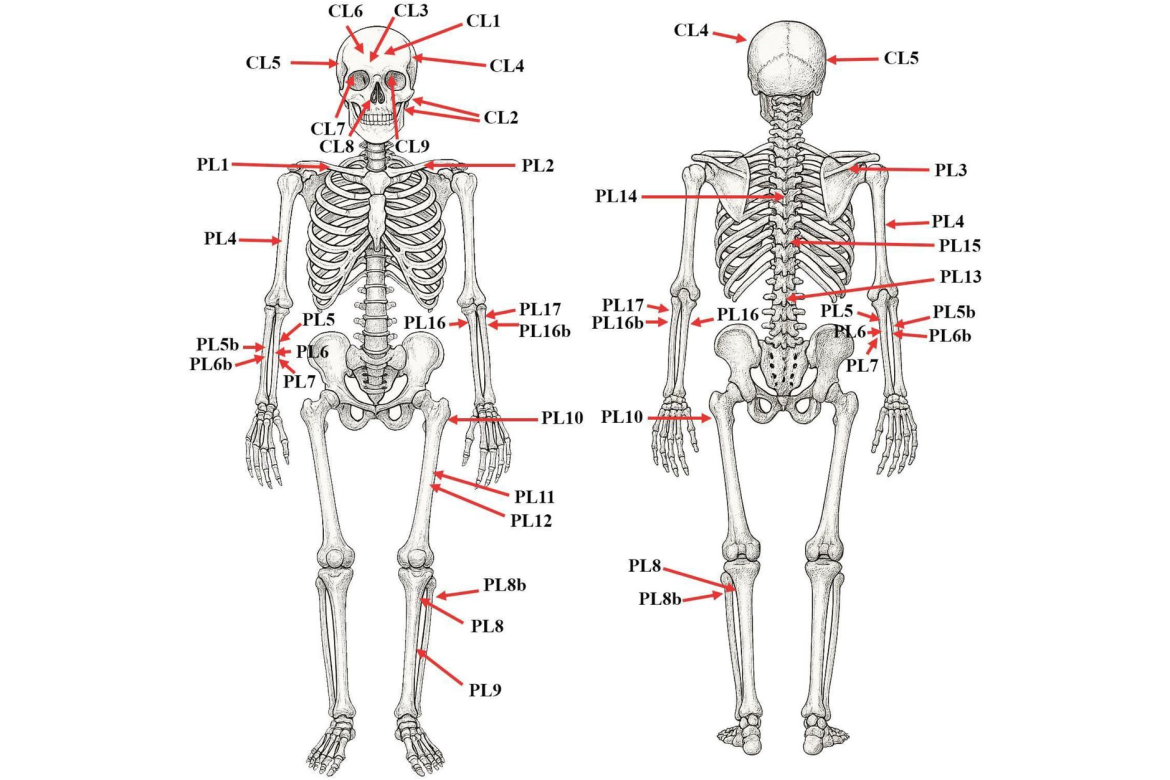
An international project led by Hungarian researchers has successfully identified the remains of Duke Béla, the Ban of Macsó, a member of the Árpád and Rurik dynasties. During the research coordinated by Tamás Hajdu (Department of Anthropology, Faculty of Sciences, Eötvös Loránd University (ELTE TTK)), Anna Szécsényi-Nagy and Noémi Borbély from the Institute of Archaeogenomics, ELTE RCH were responsible for the genetic analyses. The investigations have answered a century-old archaeological question. The results clearly illustrate how effectively historical data can be verified and past violent deaths can be reconstructed in unprecedented detail through the cooperation of the humanities and the natural sciences. The new study has been published in the prestigious forensic journal Forensic Science International: Genetics.
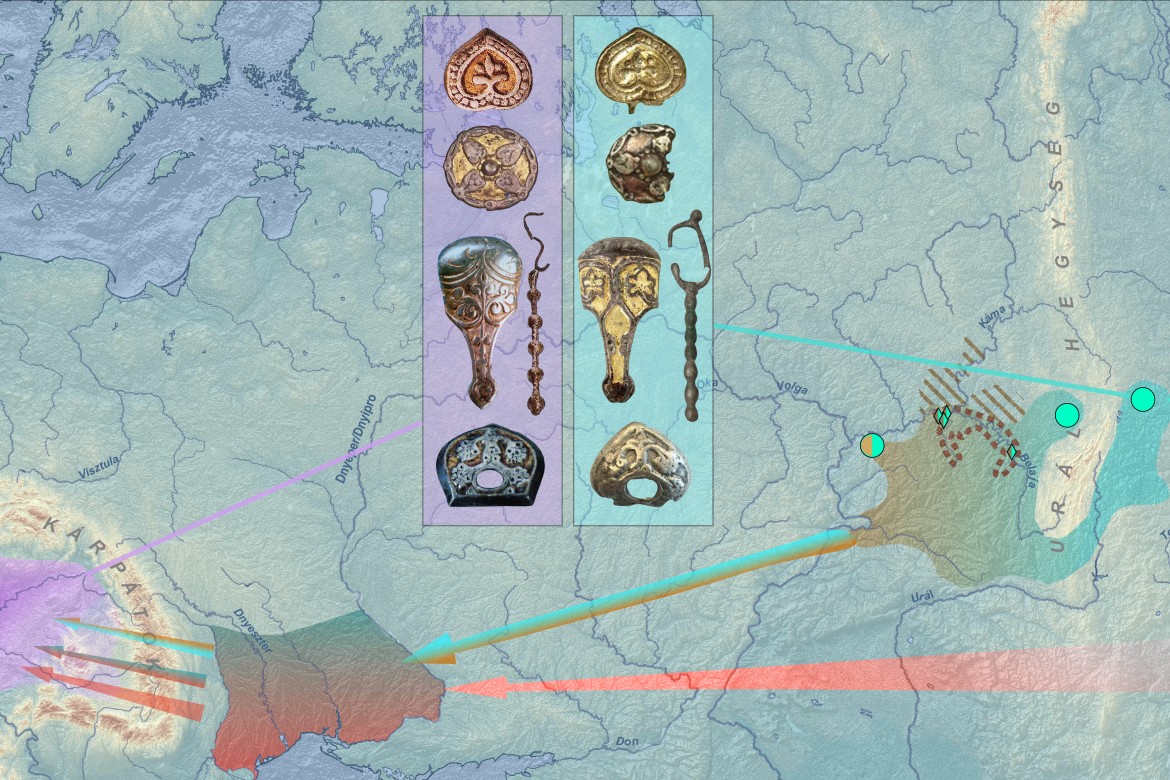
A landmark study has recently been published in the prestigious journal Cell. In an international collaboration, the Institute of Archaeogenomics at the ELTE Research Centre for the Humanities (RCH IAG) analysed 120 ancient genomes (complete sets of human genetic information) from the region between Western Siberia and the Volga River. This area had not been previously explored genetically; at the same time, it is of great historical, linguistic, and archaeological importance for understanding the origins and early history of the Hungarians. The study focused on the genetic connections of communities living in and around the Southern Ural Mountains. Using groundbreaking genetic data from the Late Iron Age and Early Middle Ages (300–1000 CE), the researchers identified one of the most significant genetic sources of the Hungarians (Magyars) newly settled in the Carpathian Basin, alongside evidence of continuity in some Uralian populations.

The ANSO-MTA Silk Road Forum and the 3rd ATES Open Science Conference is held in Budapest between 9–10 September 2025, organised by the Alliance of National and International Science Organizations for the Belt and Road Regions (ANSO) and the Association for Trans-Eurasia Exchange and Silk-Road Civilization Development (ATES), in cooperation with the Hungarian Academy of Sciences (MTA) and the ELTE Research Centre for the Humanities.

Molecular biologist Chen Kozulin will begin work as a member of the MTA-RCH Momentum Bioarchaeolgy Research Group in January 2026, after successfully applying for the Momentum MSCA Postdoctoral Fellowship Programme. Bringing expertise with cutting-edge molecular biology technologies and biomedical industry experience, Chen’s next challenge will venture into the realm of complex bioinformatic analyses.
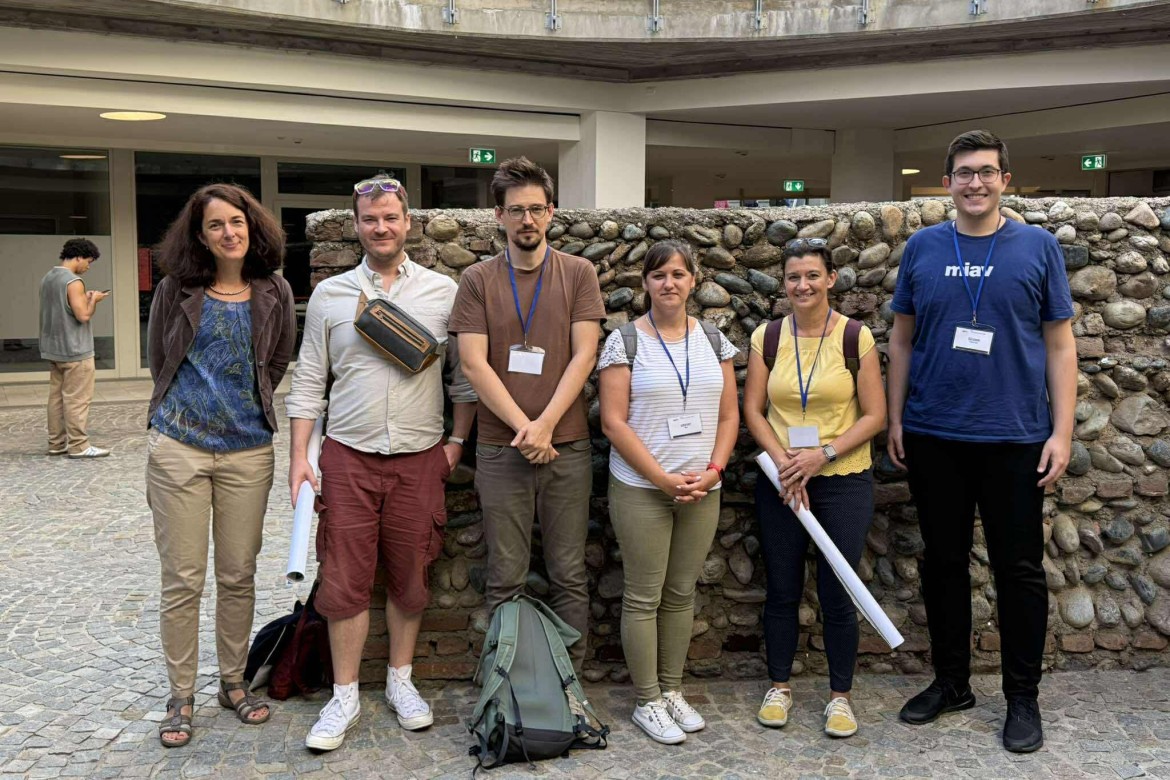
The 11th International Symposium on Biomolecular Archaeology, organised by the International Society for Biomolecular Archaeology (ISBA), was held in Torino, Italy, between 26–29 August 2025. This year, more than 570 researchers attended the biennial international conference. The results of ongoing research at the Institue of Archaeogenomics were presented by six of our colleagues through oral and poster presentations.
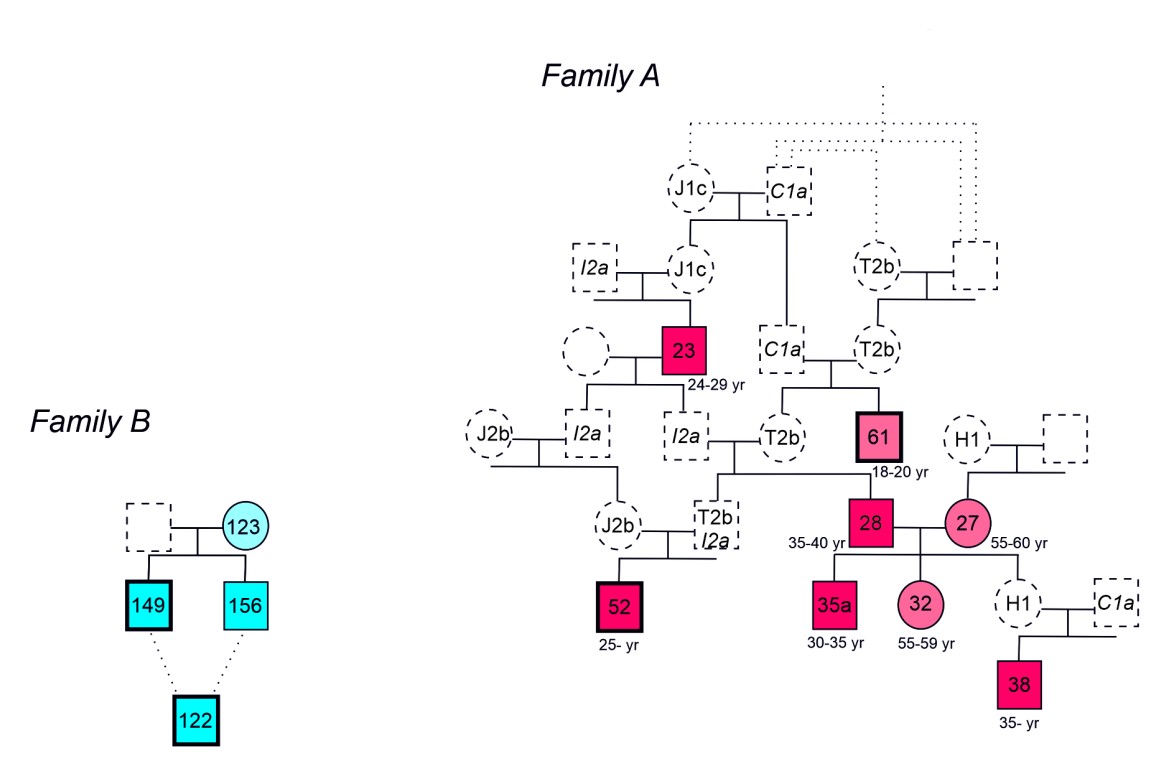
Under the leadership of Anna Szécsényi-Nagy (HUN-REN Institute of Archaeogenomics) and Zsuzsanna Siklósi (MTA-ELTE “Lendület” Innovation Research Group), we have published a new archaeogenetic study on the populations of the Great Hungarian Plain in the Neolithic and Copper Age.
More Articles …
- The second volume of Confinia et Horizontes, published in January 2025, includes a summary of Anna Szécsényi-Nagy’s doctoral dissertation
- Millennia of biological continuity in Persian Plateau human populations despite drastic political events and external contacts – A new international collaborative study from our Institute
- Anna Szécsényi‑Nagy's talk at the HEAS Seminar Series at the University of Vienna
- Colleagues of the Institute of Archaeogenomics at the 2025 HistoGenes Plenary Meeting
Page 1 of 7



